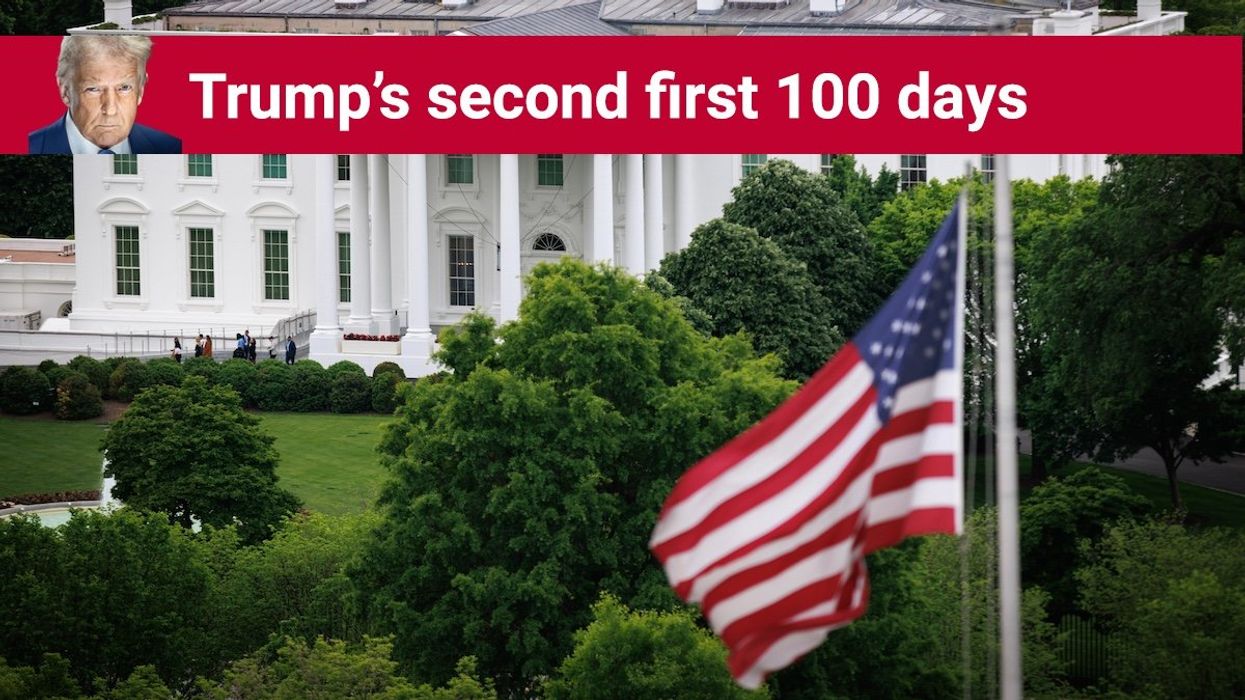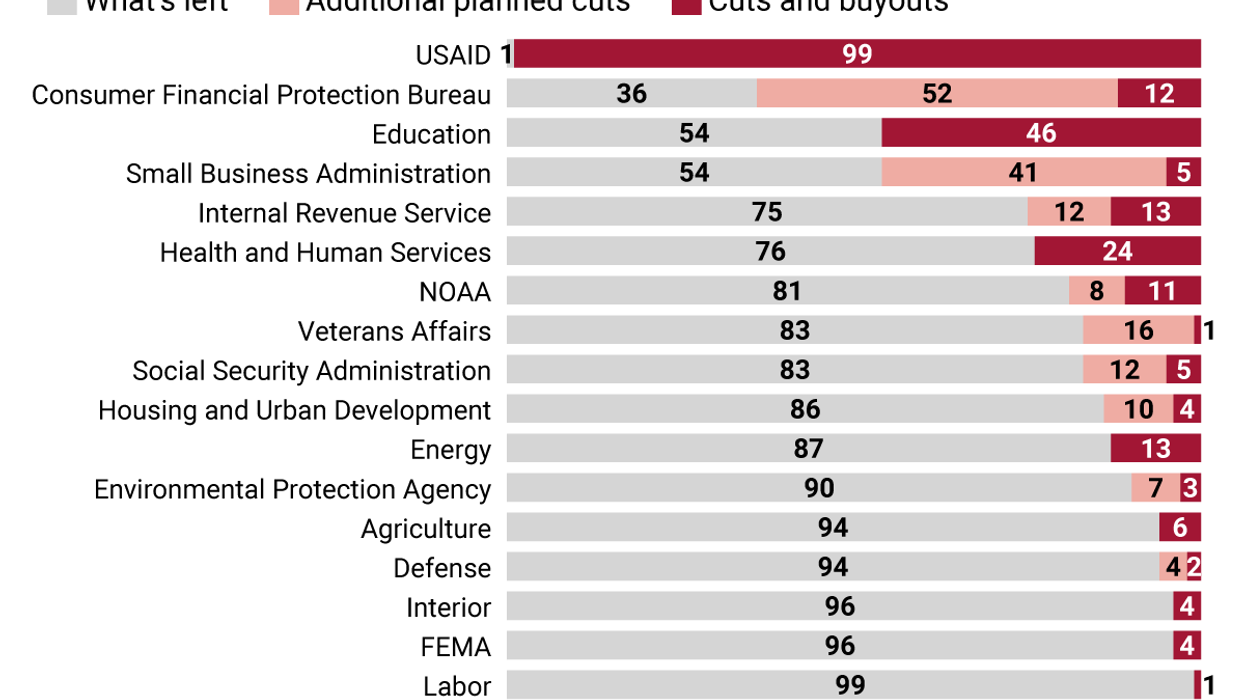Analysis
Where five of Trump’s biggest campaign promises stand, just before his 100th day
During the 2024 election campaign, US President Donald Trump made a plethora of ambitious promises to the American electorate and pledged to make them come true fast. He even suggested he’d be a dictator for a day to get them done. As he approaches the 100-day mark of his second presidency, GZERO assesses the extent to which he’s achieved his goals.
Apr 22, 2025




